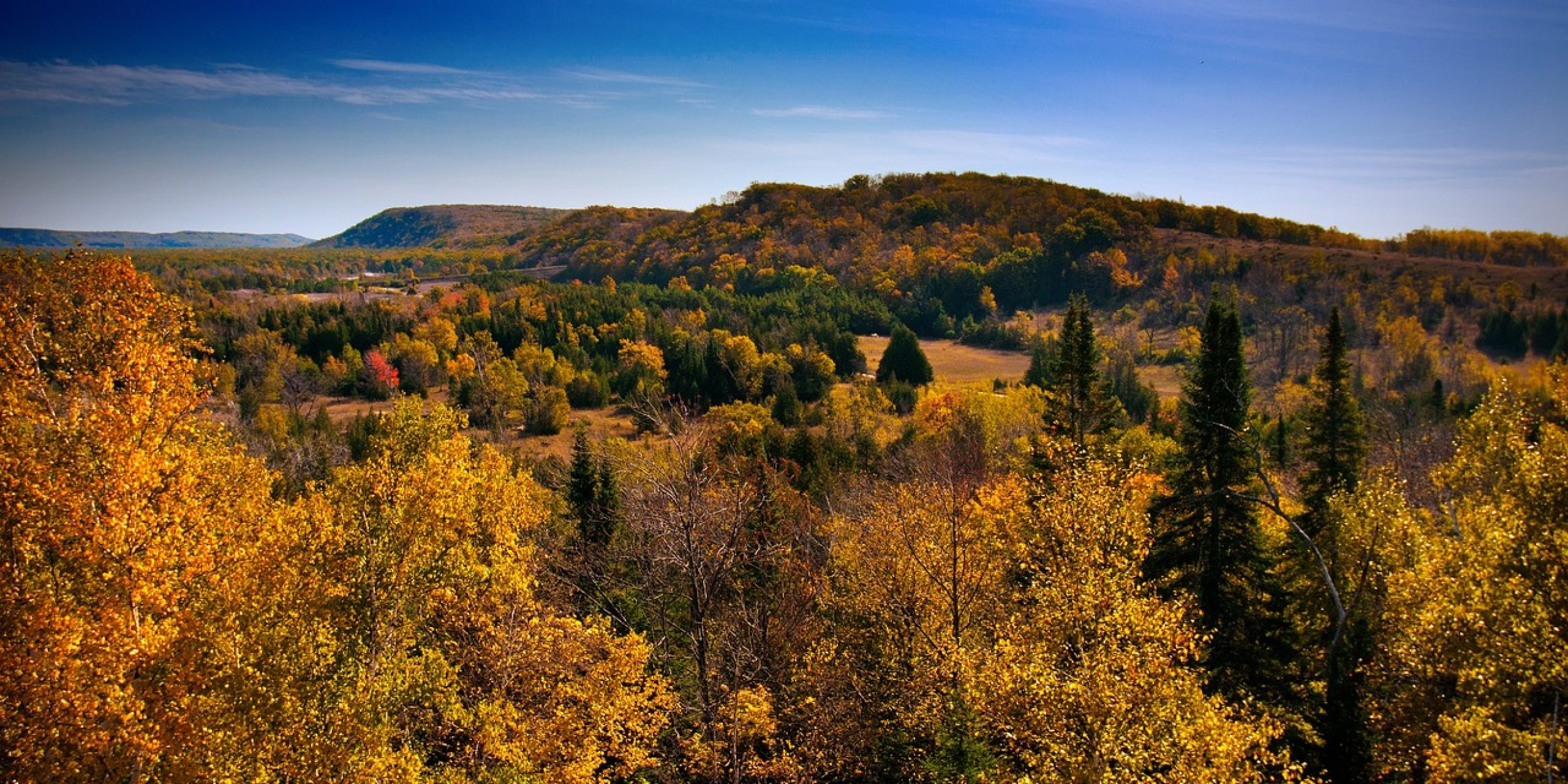The most common forest fires in the north-central region of the United States are prescribed burns, which are less commonly studied than wildfires. Prescribed burns provide a controlled environment to both remove dry vegetation that could contribute fuel to dangerous wildfires and to study atmospheric emissions.
A recent study, funded in part by the Climate Program Office’s Atmospheric Chemistry, Carbon Cycle and Climate (AC4) Program, conducted a prescribed burn in Northern Michigan and analyzed the chemistry of the resulting smoke. Researchers from the University of Michigan and Aerodyne Research, Inc., including AC4-funded scientist Scott Herndon, used the Aerodyne Mobile Laboratory, which has a suite of air quality instruments to sample gases and particles in the air after the fire. The observations revealed distinct chemical signals of certain trees native to the area, which highlights the importance of further studying this region. These findings, published in Environmental Science: Atmospheres, provide information on future air quality for climate models and inform policies. AC4 supports research like this as part of the broader Fire Influence on Regional to Global Environments and Air Quality (FIREX-AQ), a joint field campaign led by NOAA’s Chemical Sciences Laboratory (CSL) and NASA designed to understand and predict the impact of North American fires.










